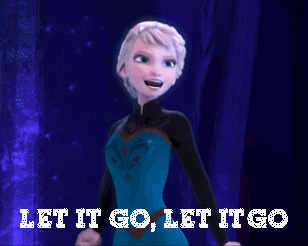Inside: Get the 3 step process to creating rules for kids that they’ll actually follow so you don’t have to feel like the “drill-sergeant” or bad guy all day long.
Setting rules for kids can be way trickier than you’d think it would be.
Too many rules make a child feel powerless and stifled…which causes kids to dig in their heels and get into more power struggles.
Plus too many rules make the parents feel more like a drill sergeant than a fun happy parent.
But…without rules, kids can run amock. There’s a fine line with creating rules and boundaries at home with your kids.
So, how do you create rules for you kids that are firm and fair without feeling like you have to be on top of your kids about every little thing?
Pick your battles
When EVERYTHING has a boundary and there are so many rules for kids, they can start to feel confined and powerless.
A powerless child will be a child who will get into more power struggles with their parents.
So, it’s important to pick your battles so that your child feels more freedom AND you don’t feel like a drill seargent.
Here are 4 quick questions to ask yourself before setting a boundary.
- Will this hurt my child or someone else?
- Will this break something or cause property damage?
- Does this go against our family’s values, morals, and expectations?
- Can I explain to my child WHY I’m placing a boundary?
If the answer to all of these is no…then you might need to let it go.

Setting boundaries so kids will follow them.
In order to get buy-in for the rules a child needs to feel heard, respected, and valued…like they have some sort of control.
Think of rules as using bumpers when bowling.
The bumpers are firm and they keep kids from going into the gutter.

But there’s a lot of space in that lane where a child can make some decisions and have some control.
Here’s a quick way of putting down the bumpers (rules) while also giving your child some power and control.
It’s call the ACT Model
- A – Acknowledge the feeling
- C – Communicate the boundary
- T – Target other choices
Here’s and example:
A – “I see that jumping on the couch is fun…”
C – “But the couch isn’t for jumping on.”
T – “You can make a crash pad on the floor or go run outside and play.”
This formula makes boundaries very strong while also giving kids a sense of control and powers.
And…this formula works with toddlers all the way up to teenagers.
Watch the video above for more tips about setting firm yet fair boundaries at home with your kids.

Leave a Reply